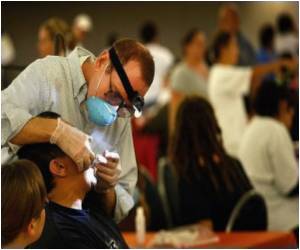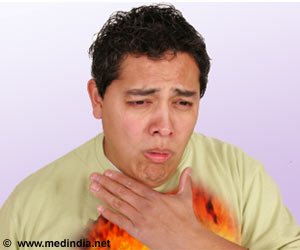Two studies have been published in US on oral health inequalities in older people and low income individuals.

The other study, “Income-related Inequalities in Dental Service Utilization by Europeans Aged 50+” by Stefan Listl, seeks to describe income-related inequalities in dental service utilization by the elderly populations residing in different European countries. Listl and his team used data from the Survey of Health, Ageing, and Retirement in Europe (SHARE Wave 2), which contains information on utilization of dental services by 33,358 individuals aged 50+ from 14 different countries, and assessed income-related inequalities in dental attendance, preventive and/or operative dental treatment. The team’s findings indicate disproportionate concentration of access to treatment among the rich elderly populations in all countries included in the study. In terms of absolute inequality, the team similarly observed significantly higher access to treatment by individuals located in the highest income group compared with peers located in the lowest income group within all countries except Italy and Czechia.
“Inequalities in oral health and access to care are a growing global concern”, said IADR President E. Dianne Rekow. “These JDR articles address this growing concern and its impact on elderly populations and low-income individuals.”
In a perspective article titled “Inequalities in Oral Health of Elderly: Rising to the Public Health Challenge?” Georgios Tsakos calls for an urgent need to address inequalities in oral health — rather than only dental services — and to put more emphasis on the social determinants of health.
The studies have been published in the Journal of Dental Research, the official publication of the International and American Associations for Dental Research (IADR/AADR).
Advertisement







